The ISS's Connector Mechanisms
In an earlier post, I linked to Jared Owen’s excellent video on space stations and that I would follow up with a summary of his chapter on docking ports.
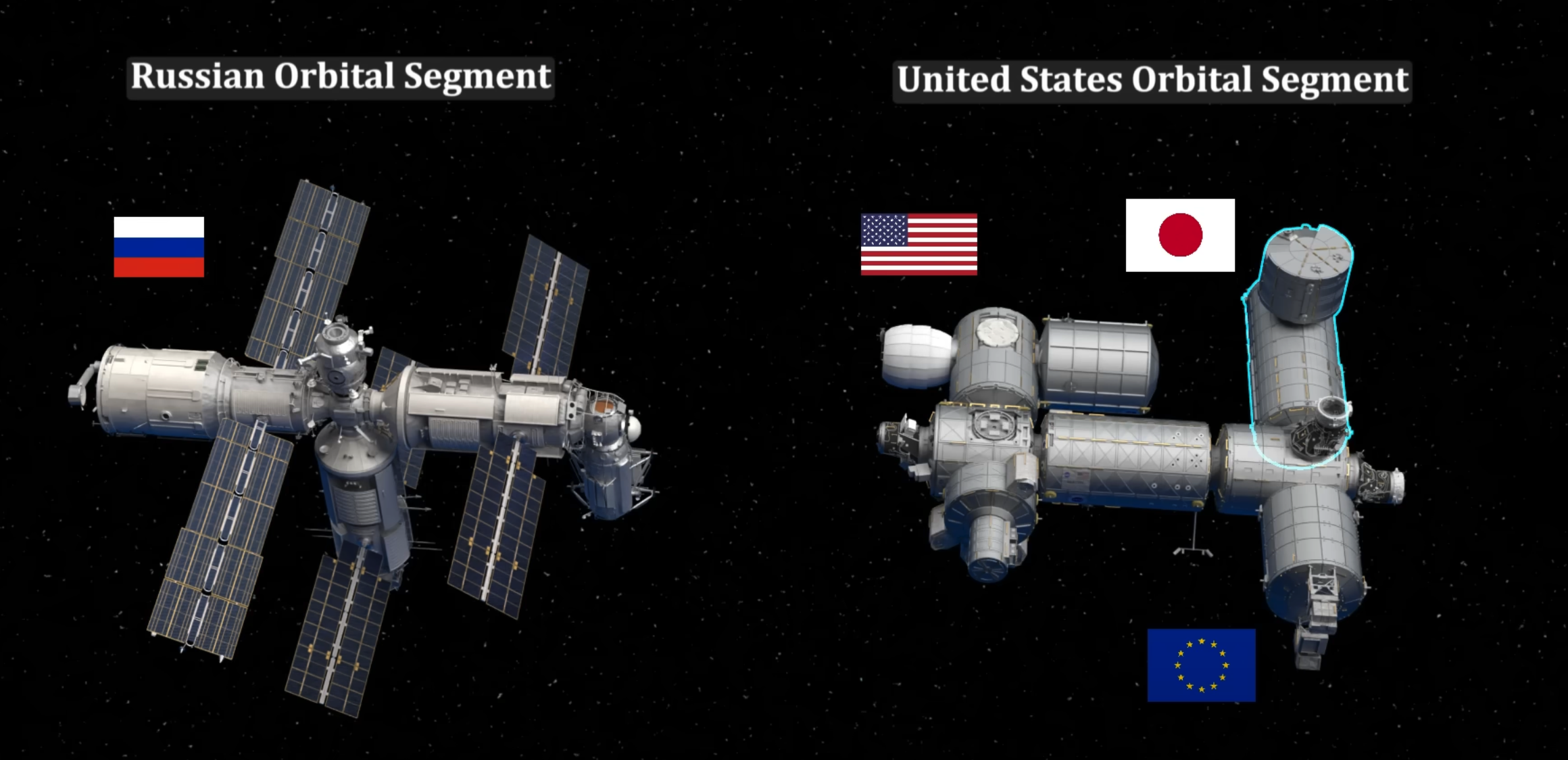
The ISS has two segments.
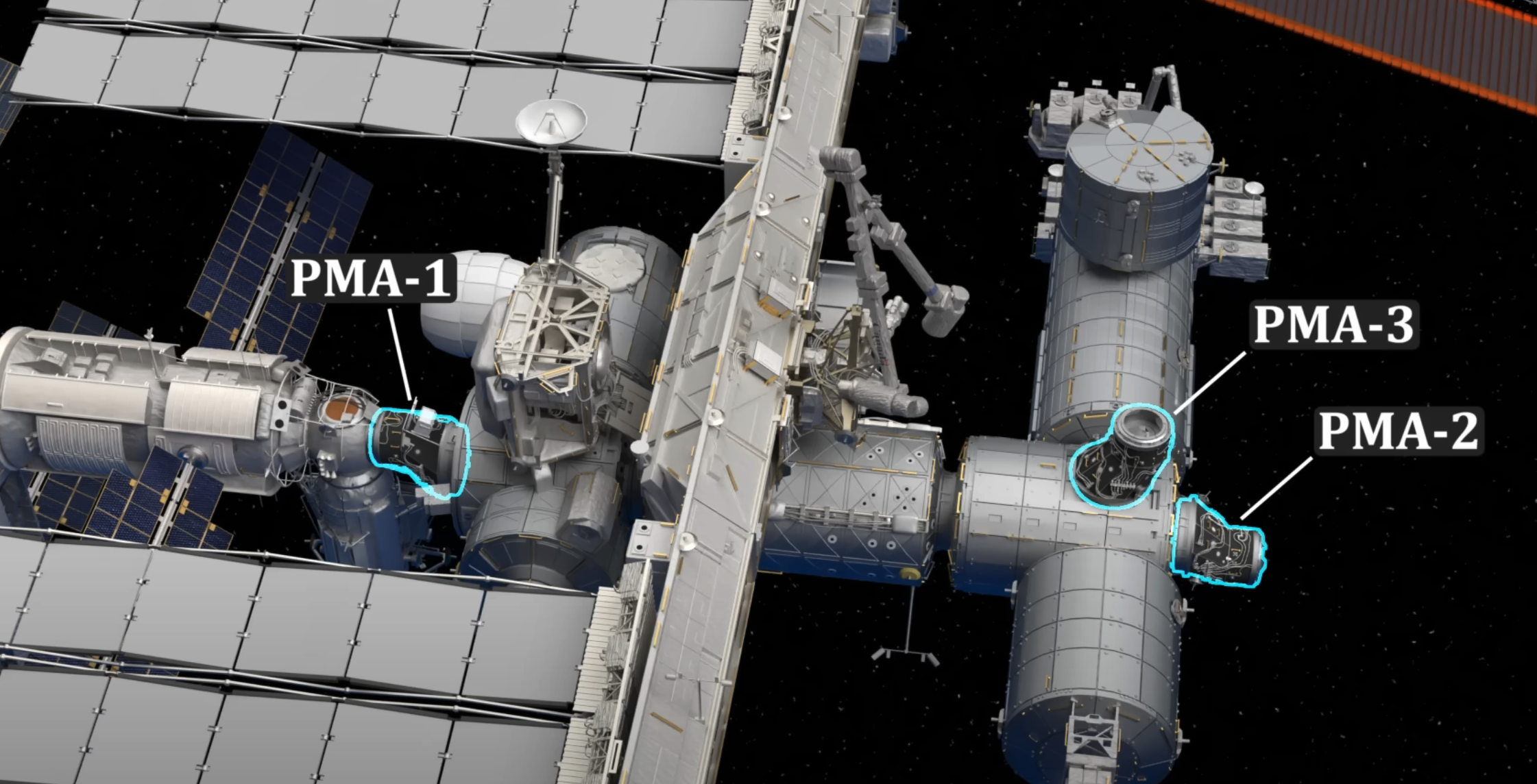
PMA-1 connects the Russian and American segments whereas PMA-2 and PMA-3 are used for docking with the Shuttle and the Crew Dragon.
Now, the ISS can be considered to be made of two segments (see image on right margin)- a Russian and an American one- that are connected to each other by an adapter, called the Pressurized Mating Adapter (PMA). There are actually three PMAs and PMA-1 is the one that connects the two segments (again, see image on right margin). The reason it is called an adapter is because, much like an electrical adapter, it has two different connectors on each side. On the one side is the American standard of a Common Berthing Mechanism (CBM) and on the other side is the Russian standard of an Automated Proximity and Approach System (APAS):
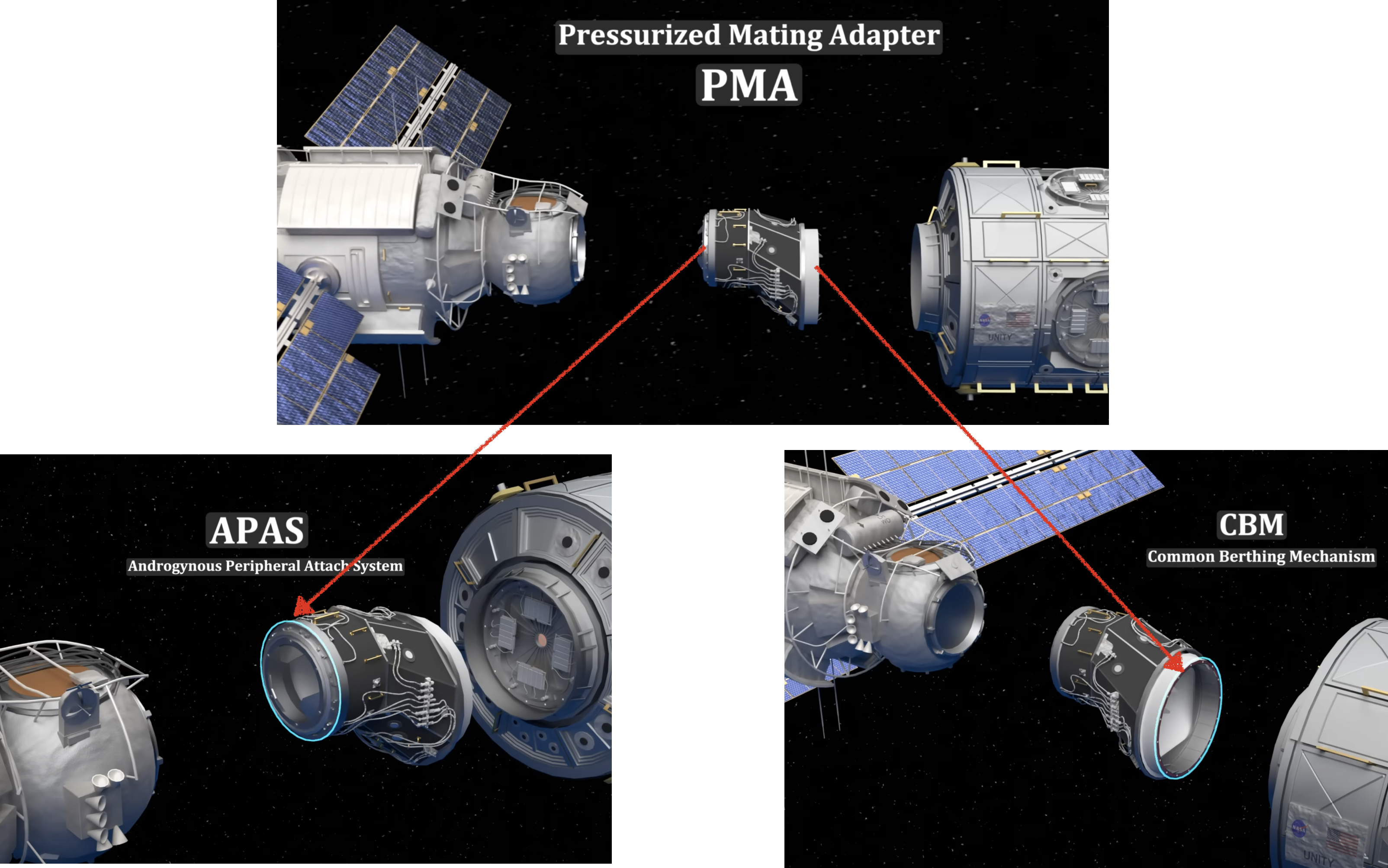
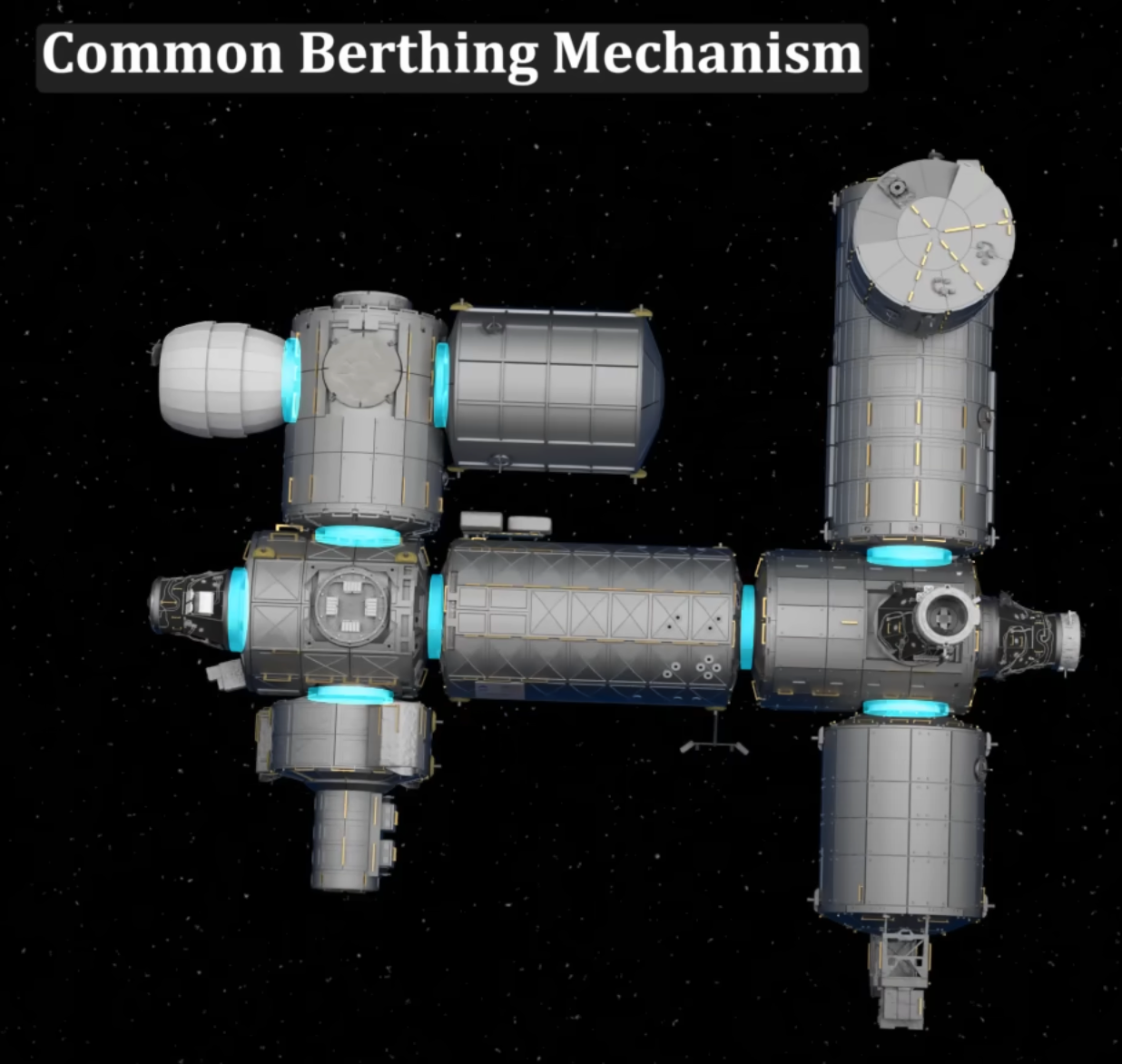
The CBM connects modules from Japan and Europe to the American segment.
The CBM is used to connect modules from Japan and Europe to the American segment (see image on right margin). The two other PMAs are also on the American segment; they previously allowed the Shuttle to dock to the ISS. Since its retirement, PMA2’s got another adapter- called the International Docking Adapter (IDA)- to allow the Crew Dragon to dock to the ISS.
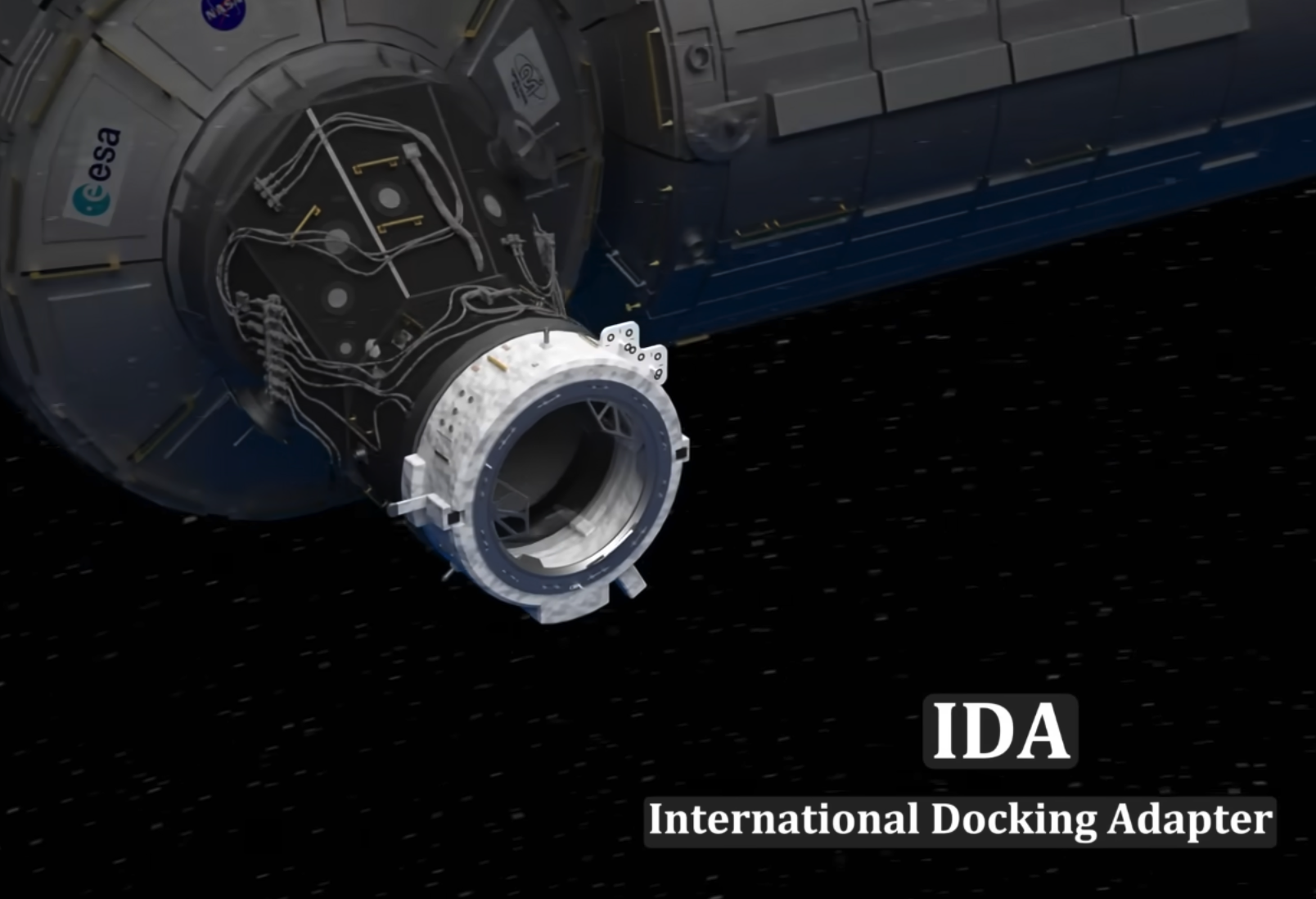
The IDA is used to connect the Crew Dragon to the ISS.
To learn more about the early part of the ISS’s assembly, Jared Owen’s video is highly recommended! Hope he completes the rest of the ISS assembly sequence in a future video.